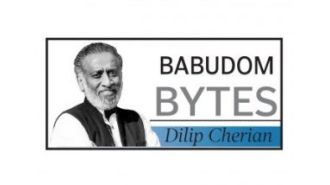Acceptable error
Our Table Tennis coach used to have a rule when we were learning how to hit a top spin forehand – hit the ball out if you must but don’t let the ball hit the net.
Hitting the net, in his mind, was a result of a weak attempt. He knew we’d make plenty of mistakes on our journey to learn how to hit the top spin right. And, he made it clear that he’d rather have us try an expansive stroke and fail – that was an acceptable error.
It turns out that the acceptable error concept is a useful tool in helping us accelerate our learning, execute better, and be kinder to ourselves. Imagine you are running an important project for the next three months. There is no way you’ll walk out of the experience knowing you’ve done a perfect job. There is no perfect job. You’ll always have some constructive feedback.
What would you rather the feedback be? For example, would you rather the feedback be about your propensity to go fast? Or, would it be about your desire to ship with the small details taken care of?
If you decide that erring on the side of speed is an acceptable error, for example, it’ll do two things.
First, it’ll bring a lot of clarity in your day-to-day execution. When push comes to shove, you’ll know to prioritize speed and you’ll walk away with lessons from consistently doing so.
Second, once the project is over, you’ll also know to expect feedback about your focus on speed. When you know to expect it, it won’t sting as much.
Acceptable error, as I’ve come to appreciate, is just another way of expressing strategy. Every strategy has its downsides. But, if chosen well, it’ll help us build on our strengths, learn, and provide clarity as we execute.
Said clarity is worth a lot.






